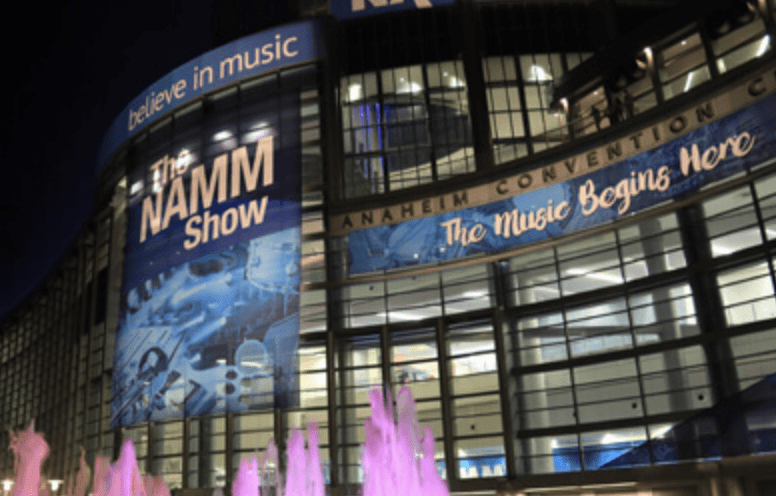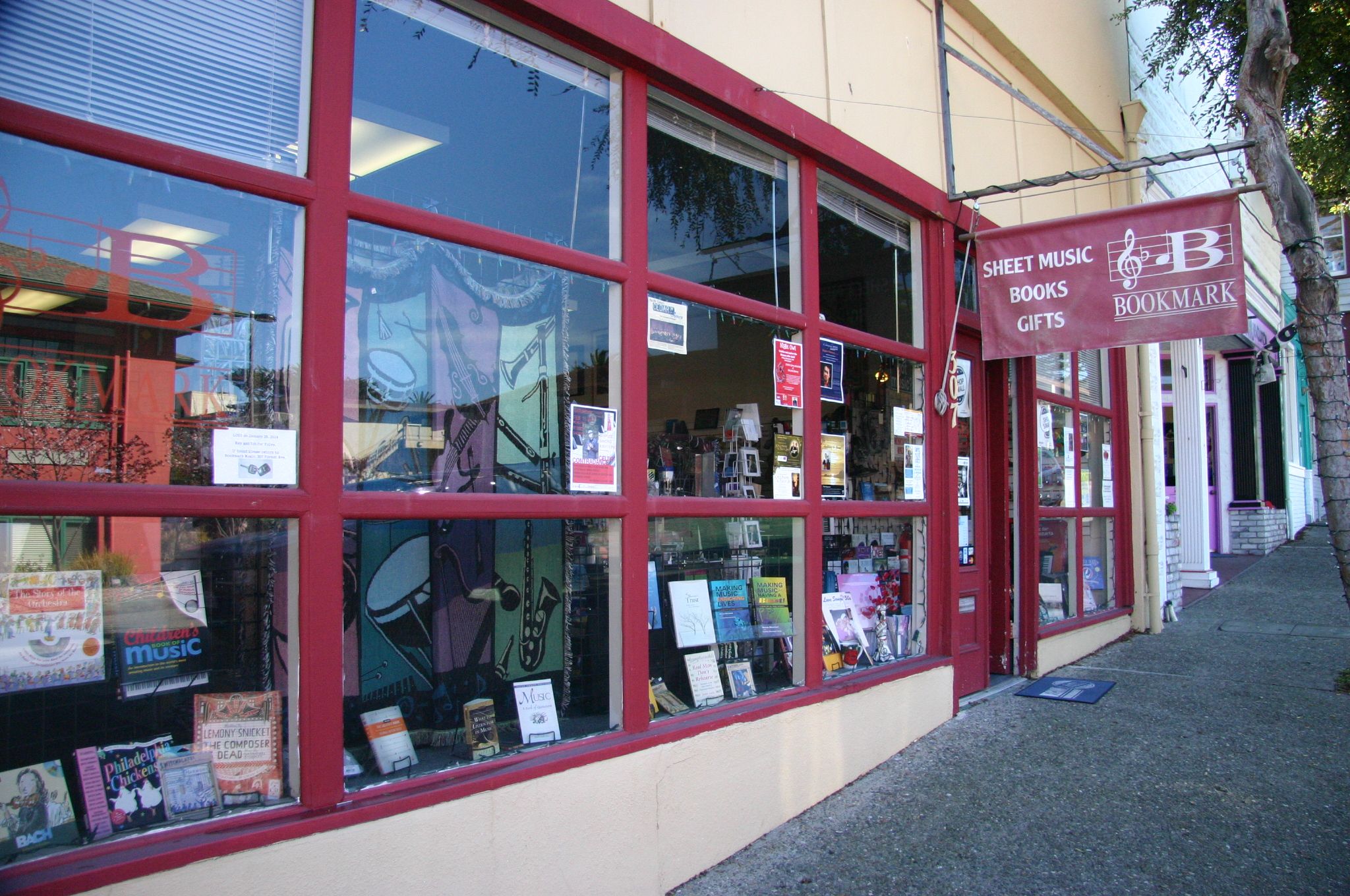 Draft beer. Handmade coffee. Artisanal chocolate. Heritage jeans. Hand-carved wooden iPad cases. It’s hard to avoid the retail collateral of the current hipster era, with its emphasis on the bespoke. Parts of Brooklyn, like other newly renovated urban cores, sometimes appear to have more in common with an Amish farm than with a borough of New York. The emotional embrace of the handmade item is a pushback after decades of big-box proliferation. It’s a search for authenticity, a reaching for the real. It’s also something that MI retail has been doing, and doing exceptionally well.
Draft beer. Handmade coffee. Artisanal chocolate. Heritage jeans. Hand-carved wooden iPad cases. It’s hard to avoid the retail collateral of the current hipster era, with its emphasis on the bespoke. Parts of Brooklyn, like other newly renovated urban cores, sometimes appear to have more in common with an Amish farm than with a borough of New York. The emotional embrace of the handmade item is a pushback after decades of big-box proliferation. It’s a search for authenticity, a reaching for the real. It’s also something that MI retail has been doing, and doing exceptionally well.
The boutique amplifier, stompbox, or guitar is both an outlier and a differentiator; embedded within the racks of its big-name cousins, they can be regarded as anything from mild curiosities to aspirational totems. But in any event they define the stores that carry them to some extent: if a person is what they eat, a store is what it chooses to sell. Through this prism, selecting something like a guitar amplifier becomes an exercise in self-assessment by both the seller and the buyer. Do the rustic finishes of Red Iron amps speak to some internal sense of oneness with the land? Does the Art Deco look of a Trillium Empyrean reflect a desire for sophistication? Is the Humphrey Espresso the first step of an M.C. Escher stairway to a personal esthetic heaven?
As writer Tom Hughes put it in his Analog Man’s Guide to Vintage Effects, “Part of the popularity of boutique may lie in its grassroots, back-to-basics appeal. There is a sense that you have a product of fine craftsmanship made by a real person who’s into what he’s doing, not some faceless corporation cranking them out by the thousands, always with an eye on the bottom line. We want to believe that the boutique pedal we’ve just purchased is a labor of love, made with the finest ingredients…”
Craft 2.0
However, the notion of the boutique product, crafted by wizened elves with soldering irons and a pack-a-day habit, is undergoing its own v.2.0 transformation. The cachet that has accompanied the category has become so potent that major brands have devised their own lines of boutique products, much the same as how they have “vintage-ized” new products. Thanks to that effect and combined with a six-year-long recession that drove millions of people into their garages looking for money-making ideas (a few of whom ended up building guitar amps and pedals), the sheer ubiquity of these singular items begins to ironically diminish the appeal of the unique, small-batch proposition. Exactly what is meant by “boutique” becomes harder to parse. Where making a dozen or two amps in a year, cobbled together in a garage in Cleveland or Austin, might once have easily qualified for the title, as the number of those doing just that steadily increases an even smaller annual output becomes necessary to establish bona fides as truly artisanal. Legendary hip-hoppers Wu-Tang Clan expressed the quintessence of that earlier this year when they stated that they would make and sell only a single copy of their newest LP. They reportedly got an offer of $5 million. Maybe the next logical step for an amp or a foot pedal is to just put the schematic up on eBay. And then Instagram it so it disappears immediately.
Here’s The Story
But the singular, short-run product has one thing that even ubiquity doesn’t dilute, and which, in fact, it may even help. Every product comes with a story, a narrative that’s often as engrossing as an Elmore Leonard novel. And everybody loves a good story. We’re hard-wired to want to know who this stranger is and how he ended up in our midst. Marshall, Fender, Peavey, and other iconic brands all have elaborate and often well-curated backstories. So do the boutique makers, though they usually need to develop and emphasize them better. Not everyone’s story can reach the mythic proportions of, say, a Howard Dumble, the Beowulf of guitar amplifier builders. But there are those great success stories, like how Jamie Stillman’s EarthQuaker pedals went from being cobbled together in a cramped West Akron basement to shipping 1,000 units a month and endorsements by Coldplay and Paul Simon. The goal is to transcend being a product and aspire to become a three-dimensional character.
Stories engage people; it’s the subset of that – stories engage buyers – that’s the point here. And few products have better stories than the boutique ones in MI. Between Wikis and websites, those stories can be a marketing dream. Everyone has a bit of Mad Men in them, and who could have better stories to tell than musicians?
Dan Daley is a veteran pro audio writer and journalist, as well as the author of several books. He is a recovering musician, but enjoys occasional relapses.


























Looking Back on 2025: A Year of Controlled Chaos (Emphasis on “Controlled”)